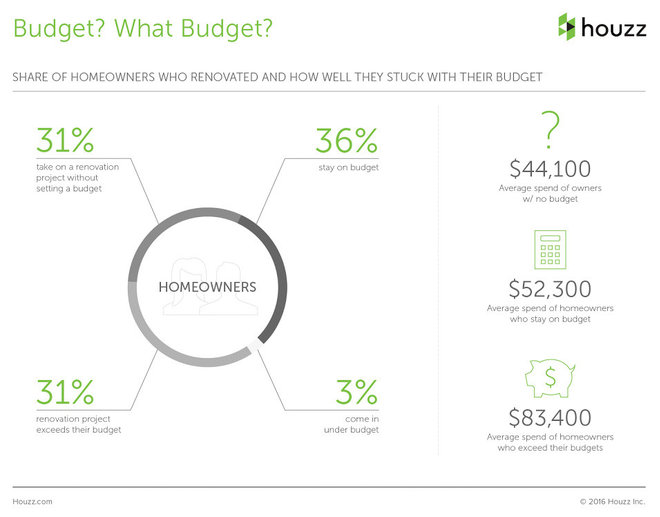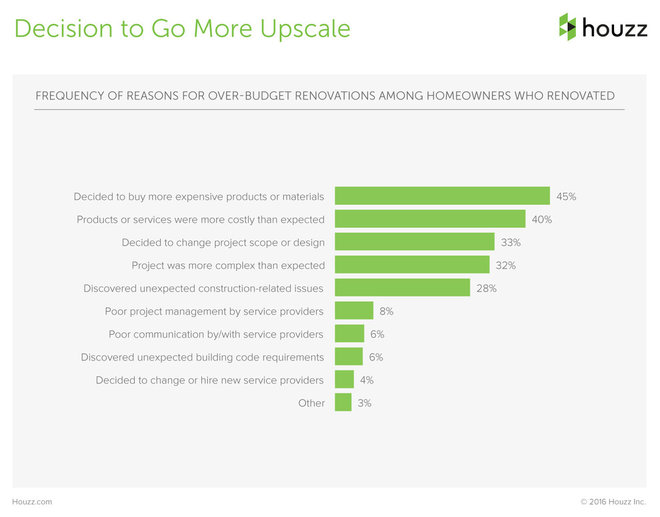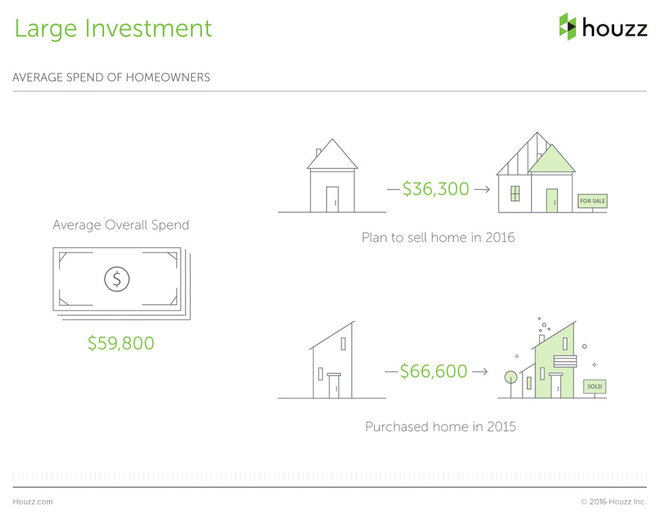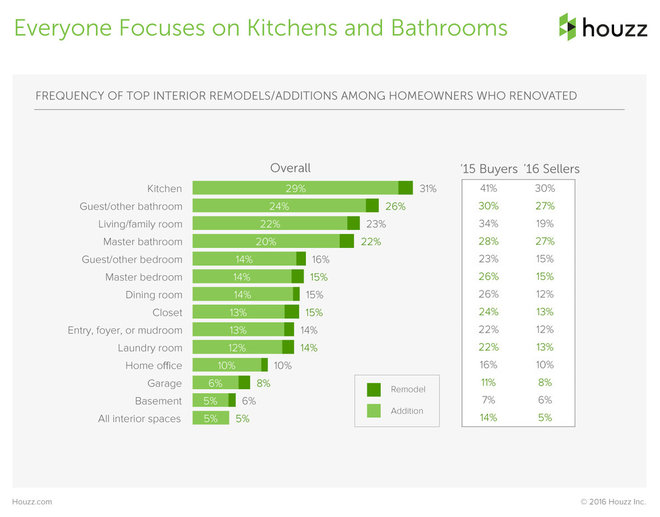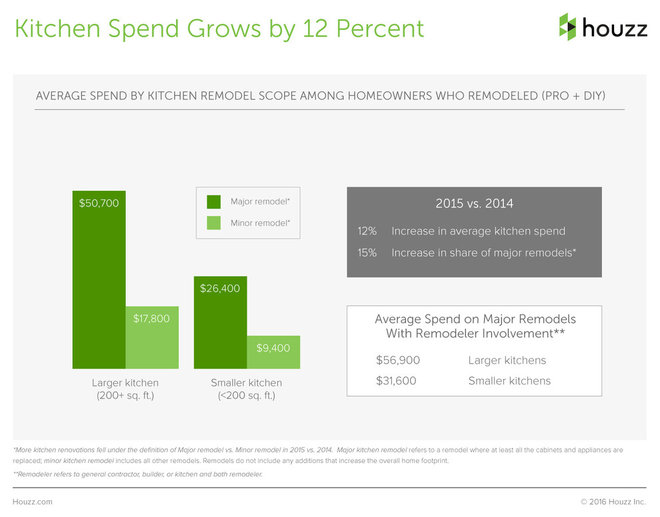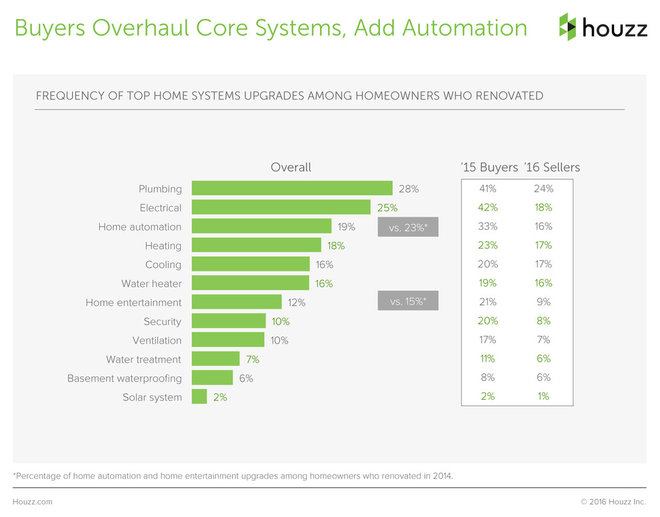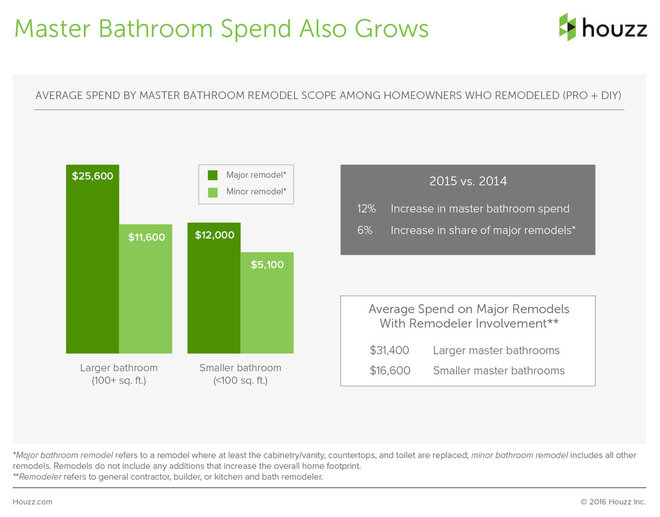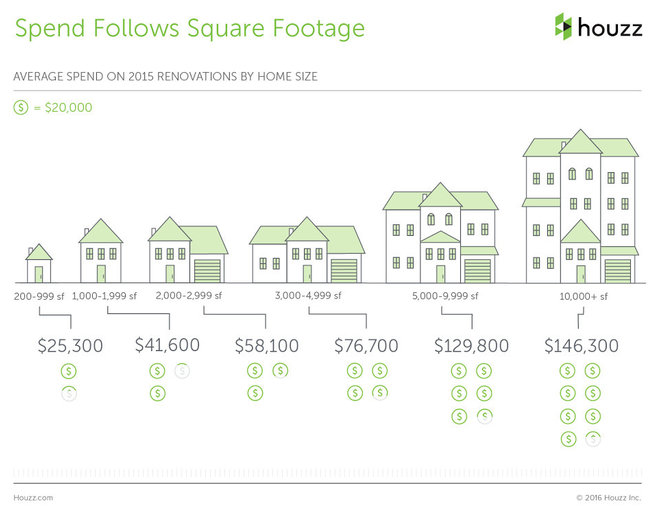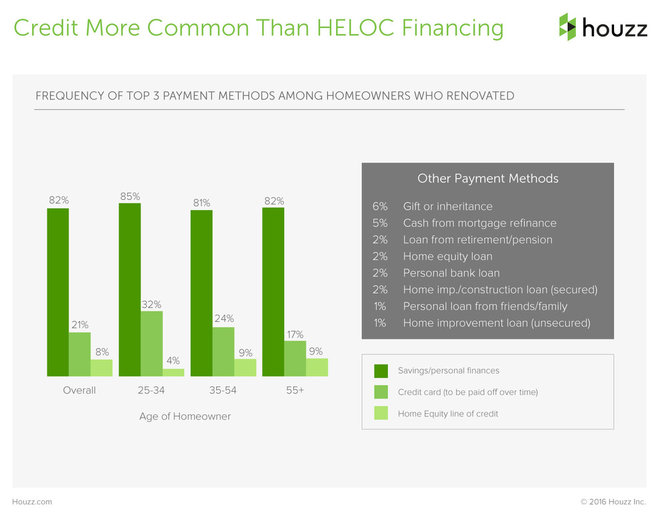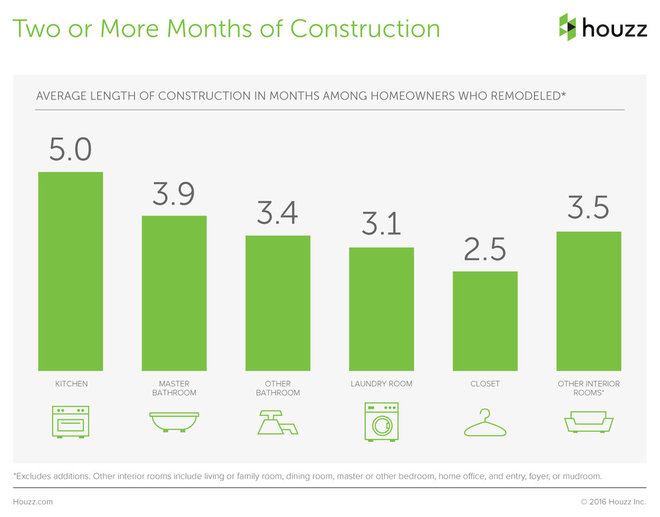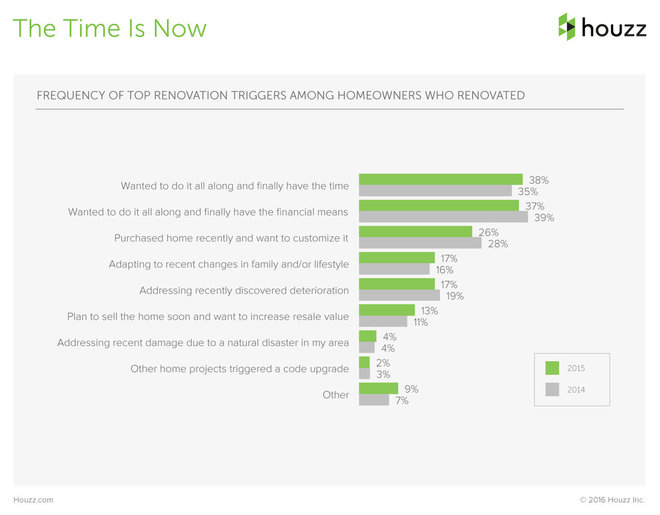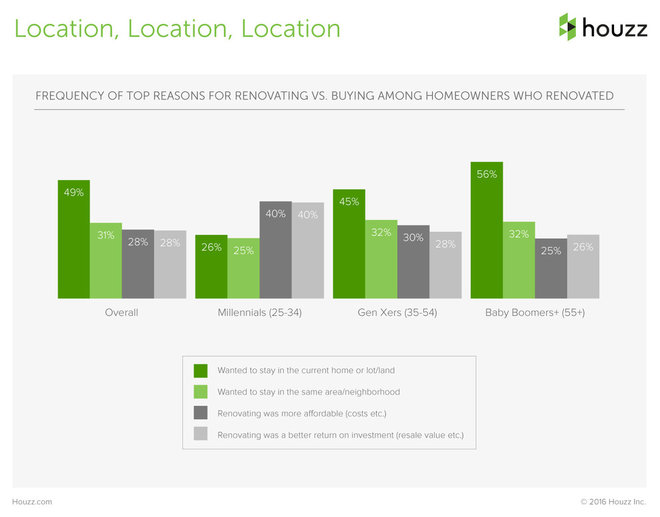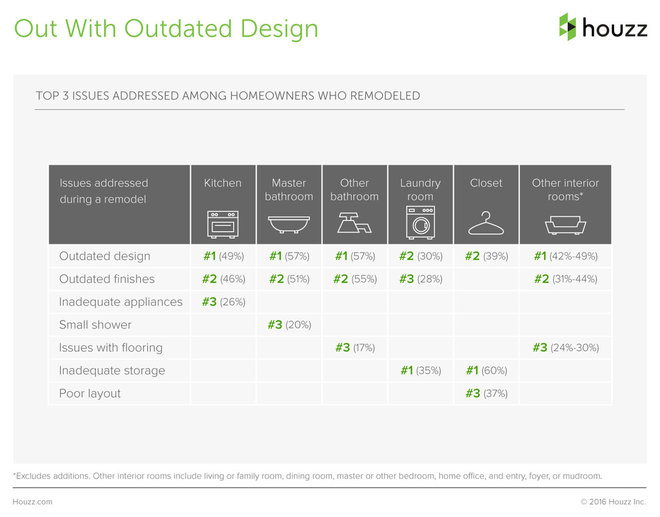- In 2006 Metro Denver had 7 months of supply inventory, which means it would take 7 months for the amount of buyers then to buy all the homes that were for sale. Today there is 1.2 months of inventory. A balanced market is 6 months of inventory. 1.2 months means tons of demand, and scarce supply. Before the recession we had tons of supply, little demand.
- From 2000-2006 homebuilders built 47,000 too many homes based on population growth, but since 2007 because many builders stopped building during the recession, builders are behind by 67,000. Building and development take twice as long today as it did 10 years ago, so builders are not keeping up. The average household in Denver is 2.5 people. The population increase of 120,000 people in the last 2 years means 48,000 new units were needed to be built. Builders only built 30,000 new units in the last 2 years. Demand for new housing is 60% greater than the supply of new homes.
- The foreclosure filing rate today is 95% lower than it was a few years ago. There are very few distressed sales.
- Just last year 103,000 people moved to Metro Denver. There has been an average of 45,000 population increase in Denver since 1994. The Colorado state demography office has determined growth by at least 50,000 people per year for decades to come.
- The unemployment rate is under 3.5%. It is very easy and attractive to become an entrepreneur in Colorado, and many people are taking advantage of that and being successful.
- There has been an average income growth of 5% in last 2 years.
- Rental rates have dramatically increased in the last 5 years, and have doubled in the last 10. An average of 1200-1500 people are moving to Denver each WEEK.
- Mortgage rates are at record lows, at 3.45% right now, at the lowest rates since banks started lending in 1900.
- Lenders since 2010 have been extremely strict on qualification per new government and industry regulations caused by bad lending before the recession. The buyers who have bought since 2010 are very well qualified.
- There are 800,000 millennials and counting in metro Denver. And 350,000 of them are living with their parents! This is a whole wave of buyers and renters who are going to flood the market soon in the next few years, so even if 50,000-100,000 people stop moving here (which will not happen) millennials will be more than enough to absorb supply.
Welcome to Denvernomics with The Denver House Guy :)
(Some of this material is taken from notes in economic trends classes I took from Lon Welsh and Lonnie Glessner)


